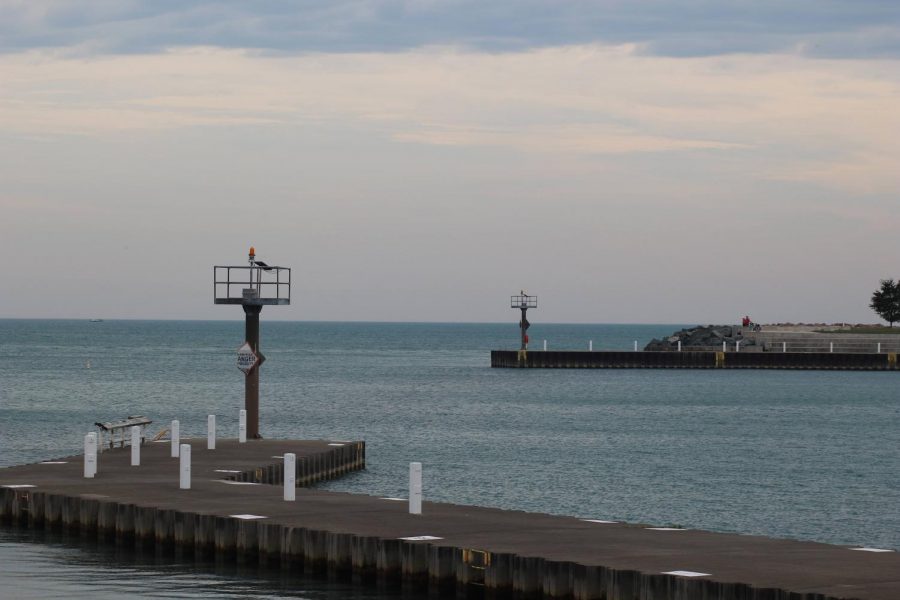Hurricane Ida and its Disastrous Effects
Southern Gulf states recently endured Hurricane Ida, a category 4 storm that made landfall on August 9, at approximately 12:58 pm. With 150 mph winds, Ida is tied as the strongest hurricane Louisiana has ever faced. Due to the strength of the storm, and ongoing complications in regards to COVID-19, citizens face disastrous consequences.
Early on August 29, governors of Mississippi and Louisiana issued an order advising people to either evacuate or prepare for a terrible hurricane. 16 years to date since the disastrous Hurricane Katrina, people prepared for the worst. LaToya Cantrell, mayor of New Orleans, attempted to reassure citizens by referencing new infrastructure that had been developed since the catastrophe. However, many areas within the Mexican Gulf are still enduring the recovery process from other, more recent storms.
The National Weather Service emphasized the danger of the storm tweeting, “As meteorologists at the National Weather Service Slidell office, we can’t bear to see this on satellite.” Similarly, Energy Louisiana, the company providing power to much of Louisiana and counties in nearby states, said, “The extremely dangerous storm is expected to make landfall in southeastern Louisiana in the early afternoon today and move through Mississippi. Those in the hardest-hit areas could experience power outages for weeks,”
Their prediction would soon prove to be correct as by 10:18 am on August 29, before the storm even made landfall, 39,000 homes and businesses reported power outages. By the end of the day, more than 900,000 reports had been collected in Louisiana alone, and combined with other states, more than 1,000,000 people were left without power.
Sewage and Water Board of New Orleans (SWBNO) said many sewage lump stations were experiencing power outages and would be closed until further notice. This meant that the used water could not be filtered appropriately. Shortly after, Jefferson Parish issued a Boil Water Notice, advising citizens to boil water before usage.
As a result, the Federal Emergency Management Agency deployed 2,400 members to aid with rescue and response efforts. They brought 2.5 million meals and 3.1 million L of water. These rescue efforts are essential as traditional aid procedures have been difficult to execute. One example are the many hurricane shelters who have had to close their doors or institute extra precautions, making them more selective, due to COVID-19 regulations.
Stateside, Mississippi officials released a statement saying Hurricane Ida caused $22.5 million worth of damages in 19 counties. They had to close multiple school systems, including Jackson County public schools, as a result. Also, caskets from cemeteries have been found washed up in various locations, following the flow of water. There were 82 reported deaths as of October 12.
Outside of the immediate vicinity of the initial place of landfall, other states further up the coast have also been impacted. New York City issued their first flash flood emergency warning. The Colonial Pipeline, one of the largest refined product pipelines in the nation, temporarily shut down two pipelines in North Carolina and Texas. Also, the storm was responsible for the rare occurence of temporarily stopping and reversing the flow of the Mississippi River. The river also rose seven feet above the standard water level.
Junior Kate Volgesperger said, “it is unfortunate that these regions are still not prepared for hurricanes like Ida, especially when they are only getting stronger.”
In the Gulf, eleven oil rigs had been evacuated. Also, more than 95 percent of the Gulf of Mexico’s oil production has been shut down. This means that prices for everyday items such as heating and gas will see a sharp, and hopefully temporary, increase. The National Oceanic and Atmospheric Administration has reported a total of 55 oil spills in the Gulf since the hurricane.
Unfortunately, such tremulous storms do not seem to be as few and far between as they once were. With climate change, and a warming environment, the atmosphere is able to hold more water as moisture. This is released through hurricanes and other storms, making them ‘wetter.’ This supports the fact that more recent storms, including Ida, are setting record rainfalls. Additionally, climate change causes the storms to be larger and slower. This is catastrophic as when the storm moves slowly, there is more time for them to devastate towns. Part of the reason why Hurricane Ida was so treacherous was because it moved at 16 mph.
With no end to climate change in sight, it can be estimated that these storms will continue to worsen. These produce more devastating natural disasters, harming citizens all over the world. Ultimately, Hurricane Ida was a terrible disaster that will have lasting effects for weeks, months, and years to come.










